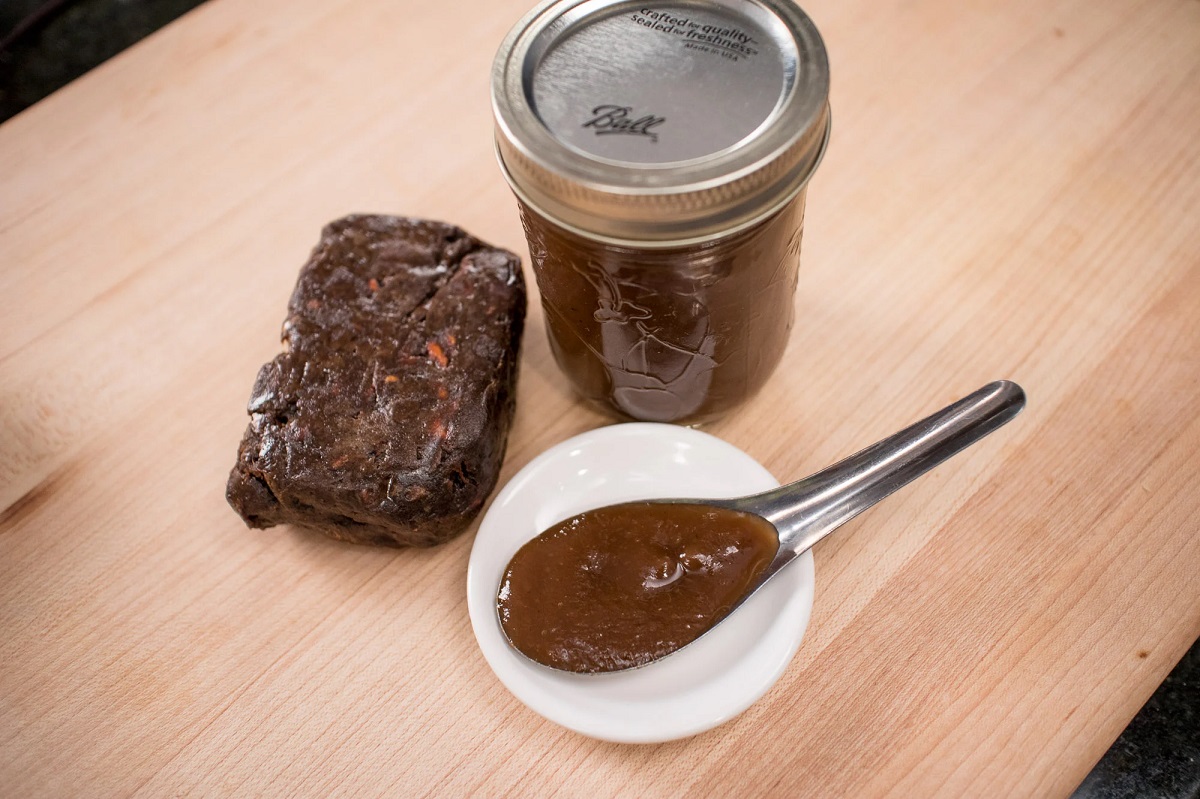

Articles
How To Store Tamarind Paste
Modified: December 7, 2023
Learn the best techniques for storing tamarind paste to keep its freshness and flavor intact. Read our informative articles for expert tips and advice.
(Many of the links in this article redirect to a specific reviewed product. Your purchase of these products through affiliate links helps to generate commission for Storables.com, at no extra cost. Learn more)
Introduction
Tamarind paste is a tangy and flavorful ingredient commonly used in various cuisines around the world. Made from the pulp of the tamarind fruit, this paste adds a unique zing to dishes and is a staple in many kitchens. Whether you use tamarind paste frequently or just occasionally, knowing how to store it properly is essential to maintain its freshness and flavor.
Not only does tamarind paste enhance the taste of dishes, but it also offers several health benefits. Rich in antioxidants and vitamins, tamarind is known for its anti-inflammatory properties and ability to aid digestion. With its distinct sweet and sour taste, tamarind paste can transform a simple recipe into a culinary delight.
When it comes to selecting tamarind, you have a few options. You can find tamarind paste in grocery stores, or you can purchase whole tamarind and make the paste at home. Fresh tamarind is typically sold in pods, and you can extract the pulp to create a homemade paste.
Now, let’s delve into the various methods of storing tamarind paste to ensure its longevity and retain its flavor.
Key Takeaways:
- Store tamarind paste in airtight containers in the refrigerator for up to 4-6 weeks to maintain its tangy flavor and digestive aid properties. Proper storage ensures freshness and enhances culinary creations.
- Freeze tamarind paste in ice cube trays or containers for long-term storage, preserving its unique tang and health benefits for up to 6 months. Freezing maintains flavor and convenience for various recipes.
Read more: How To Store Tamarind
Benefits of Tamarind Paste
Tamarind paste not only adds a tangy and distinct flavor to your culinary creations but also offers several health benefits. Here are some of the key benefits of incorporating tamarind paste into your diet:
1. Digestive Aid:
Tamarind paste contains high levels of dietary fiber and natural enzymes that help promote healthy digestion. It can aid in relieving constipation, improving bowel movements, and preventing digestive disorders.
2. Antioxidant-rich:
Tamarind is packed with antioxidants such as vitamin C, vitamin E, and beta-carotene. These antioxidants help protect your body from harmful free radicals, boost your immune system, and reduce the risk of chronic diseases.
3. Anti-inflammatory Properties:
Tamarind paste contains compounds with potent anti-inflammatory properties, such as polyphenols and flavonoids. Regular consumption of tamarind paste may help reduce inflammation in the body and alleviate symptoms associated with conditions like arthritis and gout.
Read more: How To Store Guava Paste
4. Blood Sugar Regulation:
Research suggests that tamarind may help regulate blood sugar levels due to its high fiber content. Tamarind paste can help slow down the absorption of sugar in the bloodstream, making it a beneficial addition to a diabetic or prediabetic diet.
5. Heart Health:
Tamarind contains compounds that can help lower cholesterol levels and reduce the risk of heart diseases. The fiber in tamarind paste can help remove excess cholesterol from the body, promoting a healthy heart.
6. Weight Management:
With its high fiber content and low calorie count, tamarind paste can be a valuable addition to a weight loss or weight maintenance diet. The fiber helps you feel full for longer, reducing the chances of overeating.
These are just a few of the many benefits that tamarind paste has to offer. By incorporating this versatile ingredient into your cooking, you can add not only flavor but also a range of health benefits to your meals.
Choosing and Preparing Tamarind
Before you can store tamarind paste, it’s important to select the right tamarind and prepare it properly. Here are some tips for choosing and preparing tamarind:
Read more: How To Store Almond Paste
Choosing Tamarind:
When selecting tamarind, there are a few key factors to consider:
- Look for tamarind with a fresh and plump appearance. Avoid tamarind with mold or signs of decay.
- Opt for tamarind that is sticky to the touch, as this indicates freshness.
- If purchasing pre-packaged tamarind paste, check the expiration date to ensure its freshness.
Preparing Tamarind:
Once you have chosen your tamarind, you will need to prepare it before storing:
- Remove the outer shell or peel of the tamarind fruit.
- Extract the pulp by breaking apart the tamarind pods.
- Separate the pulp from the seeds and any fibrous strands.
- Mash or blend the pulp until it forms a smooth paste. If needed, add a small amount of warm water to aid in the process.
- Your tamarind paste is now ready for storage or immediate use.
By carefully selecting and preparing your tamarind, you can ensure the best quality paste for your recipes.
Storing Tamarind Paste
Proper storage is crucial to maintain the freshness and flavor of tamarind paste. Here are four effective methods for storing tamarind paste:
Method 1: Refrigeration
Refrigeration is a convenient way to store tamarind paste if you plan to use it within a month. Follow these steps:
- Transfer the tamarind paste to an airtight container.
- Ensure that the container is tightly sealed to prevent air exposure.
- Place the container in the refrigerator and keep it away from strong-smelling foods.
Refrigerated tamarind paste can maintain its quality for up to 4-6 weeks, depending on the freshness of the paste.
Read more: How To Store Miso Paste
Method 2: Freezing
Freezing is an excellent option for long-term storage of tamarind paste. Follow these steps:
- Scoop the tamarind paste into ice cube trays or freezer-safe containers.
- Cover the trays or containers with plastic wrap or put on the lids.
- Place the trays or containers in the freezer and allow the tamarind paste to freeze completely.
- Once frozen, transfer the tamarind paste cubes or blocks into a zip-top freezer bag for easy storage and organization.
Frozen tamarind paste can be stored for up to 6 months or longer without significant loss of quality.
Method 3: Canning or Jarring
Canning or jarring tamarind paste provides a shelf-stable storage option. Here’s how to do it:
- Transfer the tamarind paste into sterilized glass jars.
- Ensure the jars are filled leaving some headspace at the top.
- Wipe the rims of the jars to remove any paste residue.
- Seal the jars with sterilized lids and store them in a cool, dark place.
When properly canned, tamarind paste can last for up to a year or more.
Method 4: Dehydrating
Dehydrating tamarind paste is another method for long-term storage and can be done with a food dehydrator or in the oven:
- Spread the tamarind paste onto a lined dehydrator tray or a baking sheet.
- Set the dehydrator temperature to 135°F (57°C) or preheat the oven to its lowest setting.
- Leave the tamarind paste to dehydrate until it becomes dry and leathery, usually around 8-10 hours in a dehydrator or longer in an oven.
- Once completely dehydrated, break the paste into small pieces and store them in an airtight container.
Dehydrated tamarind paste can be kept for several months or even longer.
Choose the storage method that best suits your needs and enjoy the convenience of having tamarind paste readily available for your culinary creations.
Method 1: Refrigeration
Refrigeration is a simple and effective method for storing tamarind paste if you plan to use it within a month. By keeping the tamarind paste in the refrigerator, you can maintain its freshness and flavor. Follow these steps to properly refrigerate tamarind paste:
- Transfer the tamarind paste to an airtight container. Choose a container that is made of glass or food-grade plastic and has a tight-sealing lid to prevent air exposure and moisture.
- Ensure that the container is tightly sealed. This will help prevent the paste from drying out and absorbing any unwanted odors from other foods in the refrigerator.
- Label the container with the date of storage to keep track of its shelf life.
- Place the container of tamarind paste in the refrigerator. It’s best to keep it in an area away from strong-smelling foods to avoid any cross-contamination of flavors.
When properly refrigerated, tamarind paste can maintain its quality for up to 4-6 weeks, depending on the freshness of the paste. However, it’s essential to note that the flavor may gradually diminish over time, so it’s best to use the paste within a reasonable time frame.
Refrigerated tamarind paste may thicken slightly due to the cool temperature, but you can easily bring it back to its original consistency by allowing it to sit at room temperature for a few minutes before use. If the paste becomes too thick, you can also add a small amount of warm water and mix it well to achieve the desired consistency.
Remember to always practice good hygiene when handling tamarind paste in the refrigerator. Use clean utensils to scoop out the desired amount of paste, and make sure to tightly seal the container after each use to prevent bacteria or contaminants from entering.
By refrigerating your tamarind paste, you can enjoy its tangy flavor and enhance your dishes with ease. Whether it’s a savory curry, a tangy sauce, or a refreshing beverage, you’ll have the perfect tamarind paste ready for your culinary adventures.
Read more: How To Store Tomato Paste In The Fridge
Method 2: Freezing
Freezing is a fantastic method for long-term storage of tamarind paste, allowing you to extend its shelf life for up to 6 months or longer. Freezing tamarind paste is simple and convenient, and it helps to preserve its flavor and freshness. Here’s how you can freeze tamarind paste:
- Scoop the tamarind paste into ice cube trays or freezer-safe containers. If using ice cube trays, fill each compartment with the desired amount of tamarind paste. Alternatively, if using containers, spoon the paste into individual portions suitable for your future needs.
- Cover the trays or containers with plastic wrap or put on the lids. This step is essential to protect the tamarind paste from freezer burn and to prevent it from absorbing any unwanted odors.
- Place the trays or containers in the freezer, making sure they are level and stable, so the paste does not spill or become misshapen during freezing.
- Allow the tamarind paste to freeze completely. This usually takes a few hours to overnight, depending on the temperature of your freezer.
- Once frozen, remove the tamarind paste cubes from the ice cube trays or transfer the frozen blocks from the containers into a zip-top freezer bag. Be sure to squeeze out any excess air from the freezer bag before sealing it tightly.
- Label the freezer bag with the date of freezing to keep track of its storage time.
- Return the sealed freezer bag back to the freezer for long-term storage.
When you’re ready to use the frozen tamarind paste, simply remove the desired amount of cubes or blocks from the freezer bag and allow them to thaw at room temperature for a few minutes. The paste should soften and regain its smooth consistency.
By freezing tamarind paste, you can have a readily available supply whenever you need it. Whether it’s for marinades, dressings, or stews, the frozen tamarind paste will add that delightful tangy flavor to your dishes.
Note: It’s important to use airtight containers or freezer bags when freezing tamarind paste to prevent freezer burn and preserve its quality. Additionally, it’s recommended to consume the frozen tamarind paste within 6 months for the best flavor.
Method 3: Canning or Jarring
If you prefer a shelf-stable storage option for your tamarind paste, canning or jarring is an excellent method to consider. When properly canned or jarred, tamarind paste can last for up to a year or more. This method ensures that you always have a supply of tamarind paste readily available for your culinary creations. Follow these steps to can or jar tamarind paste:
- Transfer the tamarind paste into sterilized glass jars. Choose jars that are specifically designed for canning and have airtight seals. Clean the jars thoroughly before use to ensure they are free from any contaminants.
- Fill the jars with the tamarind paste, leaving some headspace at the top. It’s recommended to leave about 1/4 inch (0.6 cm) of headspace to allow for expansion during the canning process.
- Wipe the rims of the jars with a clean, damp cloth to remove any paste residue. This step is crucial to ensure a proper seal.
- Seal the jars with sterilized lids, making sure they are tightly secured. If using metal canning lids, follow the manufacturer’s instructions for achieving a proper seal. If using glass jars with rubber gaskets and metal clasps, make sure to close them tightly.
- Process the jars in a boiling water bath canner. Place the sealed jars in a canner filled with enough boiling water to cover them by at least 1 inch (2.5 cm). Process the jars according to the recommended time and temperature for your altitude and jar size.
- Remove the jars from the canner carefully and place them on a heat-resistant surface. Allow the jars to cool completely. As they cool, you may hear a “pop” sound, indicating a successful seal.
- Check the seals of the jars. Press down on the center of each lid to ensure it is firmly sucked downward and does not move. If any lids are loose or can be pushed down, refrigerate those jars immediately for shorter-term storage.
- Label the jars with the date of canning and store them in a cool, dark place, such as a pantry or cupboard.
When you’re ready to use the canned or jarred tamarind paste, simply open a jar, scoop out the desired amount, and reseal the jar tightly. The remaining paste will stay fresh and flavorful until the next use.
By canning or jarring tamarind paste, you can enjoy the convenience of long-term storage while ensuring that the paste retains its quality and flavor.
Method 4: DehydratingIf you’re looking for a method of long-term tamarind paste storage that doesn’t require refrigeration or freezing, dehydrating is an excellent option. Dehydrating tamarind paste helps remove moisture, extending its shelf life while preserving its flavor and quality. Follow these steps to dehydrate tamarind paste:
- Spread the tamarind paste onto a lined dehydrator tray or a baking sheet. Ensure that the paste is evenly spread out in a thin layer to allow for efficient drying.
- Set the dehydrator temperature to 135°F (57°C) or preheat your oven to its lowest temperature setting.
- Place the tray with the tamarind paste in the dehydrator or the oven. If using the oven, leave the door slightly ajar to allow moisture to escape.
- Leave the tamarind paste to dehydrate for approximately 8-10 hours in the dehydrator or longer in the oven. The drying time may vary depending on the thickness of the paste and the drying conditions.
- Check the tamarind paste periodically for dryness. It should become dry and leathery to the touch. If needed, flip the paste halfway through the drying process to ensure even dehydration.
- Once completely dehydrated, remove the tray from the dehydrator or take the baking sheet out of the oven. Allow the tamarind paste to cool completely before handling.
- Break the dehydrated tamarind paste into small pieces or grind it into a powder using a food processor or a mortar and pestle.
- Transfer the dehydrated tamarind paste to an airtight container, ensuring that it is tightly sealed. Proper storage in a cool, dry place away from direct sunlight will help maintain its quality.
Dehydrated tamarind paste can be stored for several months or even longer if kept in optimal conditions. When you want to use the paste, simply rehydrate it by soaking it in warm water for a few minutes until it softens. You can also add the dehydrated tamarind directly to soups, stews, or other recipes that have sufficient liquid to rehydrate the paste during cooking.
By dehydrating tamarind paste, you can enjoy the convenience of a compact and easily storable form that can be used whenever you need that tangy flavor in your dishes.
Tips for Maintaining Quality of Tamarind Paste
To ensure the best quality and flavor of your tamarind paste, it’s important to follow proper storage practices. Here are some tips to help you maintain the quality of your tamarind paste:
Read more: How To Store Canned Tomato Paste
1. Store in airtight containers:
Whether you choose to refrigerate, freeze, can, or dehydrate your tamarind paste, always use airtight containers to prevent air exposure. This will help preserve the freshness, flavor, and texture of the paste.
2. Keep away from moisture:
Moisture can promote the growth of mold and bacteria, leading to spoilage of the tamarind paste. Store it in a cool and dry place, away from any sources of moisture, such as the refrigerator door or near a sink.
3. Avoid exposure to light:
Direct sunlight or bright artificial light can degrade the quality of tamarind paste over time. Store the paste in a dark or opaque container, or store it in a pantry or cupboard away from direct light.
4. Use clean utensils:
When scooping out tamarind paste from its storage container, always use clean utensils to prevent cross-contamination. Avoid using wet or dirty spoons, as this can introduce moisture or contaminants into the paste.
Read more: How To Store Thermal Paste
5. Practice good hygiene:
Before handling the tamarind paste or transferring it into storage containers, make sure your hands and work surfaces are clean. This helps prevent the introduction of bacteria or other contaminants.
6. Label and date:
Properly label your storage containers with the date of storage. This will help you keep track of the paste’s freshness and determine when it should be used by to maintain the best quality.
7. Rotate your stock:
If you have multiple containers of tamarind paste, rotate them to ensure you use the oldest one first. This helps prevent any paste from sitting for too long and potentially spoiling.
8. Avoid temperature fluctuations:
Try to minimize temperature variations when storing tamarind paste. Rapid temperature changes can affect the texture and quality of the paste. Keep it in a stable and cool environment.
By following these tips, you can ensure that your tamarind paste remains flavorful and fresh, ready to enhance your culinary creations whenever you need it.
Read more: How To Store Tomato Paste
Conclusion
Tamarind paste is a versatile and flavorful ingredient that can add a unique tang to your culinary creations. Whether you use tamarind paste frequently or occasionally, knowing how to properly store it is essential to maintain its freshness and enhance its shelf life.
Throughout this article, we explored various methods for storing tamarind paste. Refrigeration is ideal for short-term storage, while freezing provides a convenient option for longer-term preservation. Canning or jarring tamarind paste allows for shelf-stable storage, and dehydrating offers a compact and easily usable form. Each method offers its own benefits and considerations, allowing you to choose the one that suits your needs best.
Additionally, we discussed the numerous benefits of tamarind paste, including its digestive aid properties, antioxidant content, anti-inflammatory effects, and potential benefits for blood sugar regulation and heart health. By regularly incorporating tamarind paste into your recipes, you can not only enhance the flavors but also reap its potential health benefits.
Remember to select fresh tamarind, prepare it properly, and choose appropriate containers for storage. Whether it’s refrigeration, freezing, canning, or dehydrating, following the suggested techniques will help maintain the taste and quality of your tamarind paste for extended periods.
Lastly, implementing tips for maintaining the quality of tamarind paste, such as using airtight containers, protecting it from moisture and light, practicing good hygiene, and labeling and rotating your stock, will ensure that your tamarind paste remains fresh, flavorful, and safe to use.
So, whether you’re using tamarind paste in sauces, marinades, curries, desserts, or beverages, you can enjoy its tangy and tantalizing flavor by properly storing it and keeping it at your fingertips whenever a recipe calls for it.
Discover the endless possibilities of tamarind paste in your cooking, and let its unique taste elevate your dishes to new heights!
Frequently Asked Questions about How To Store Tamarind Paste
Was this page helpful?
At Storables.com, we guarantee accurate and reliable information. Our content, validated by Expert Board Contributors, is crafted following stringent Editorial Policies. We're committed to providing you with well-researched, expert-backed insights for all your informational needs.
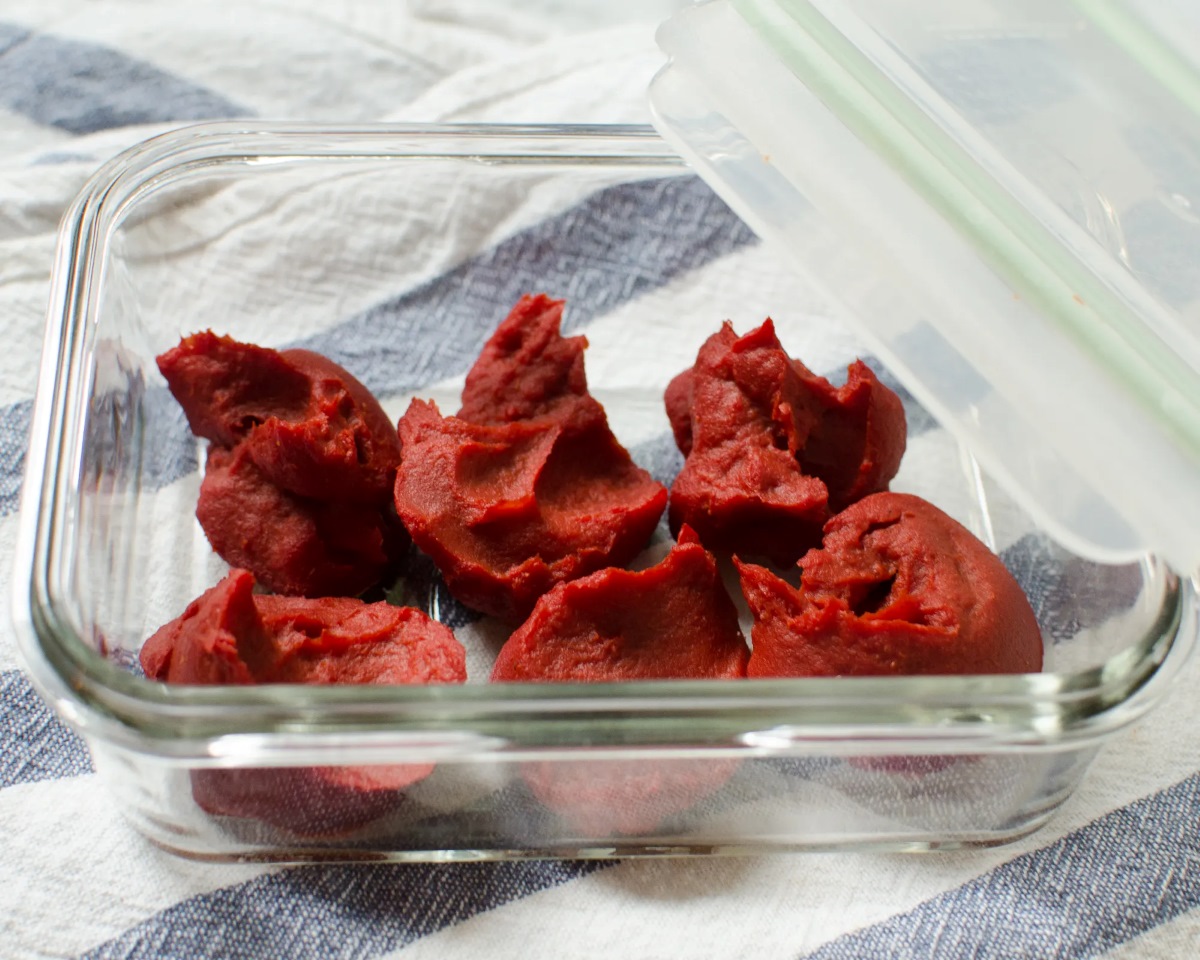
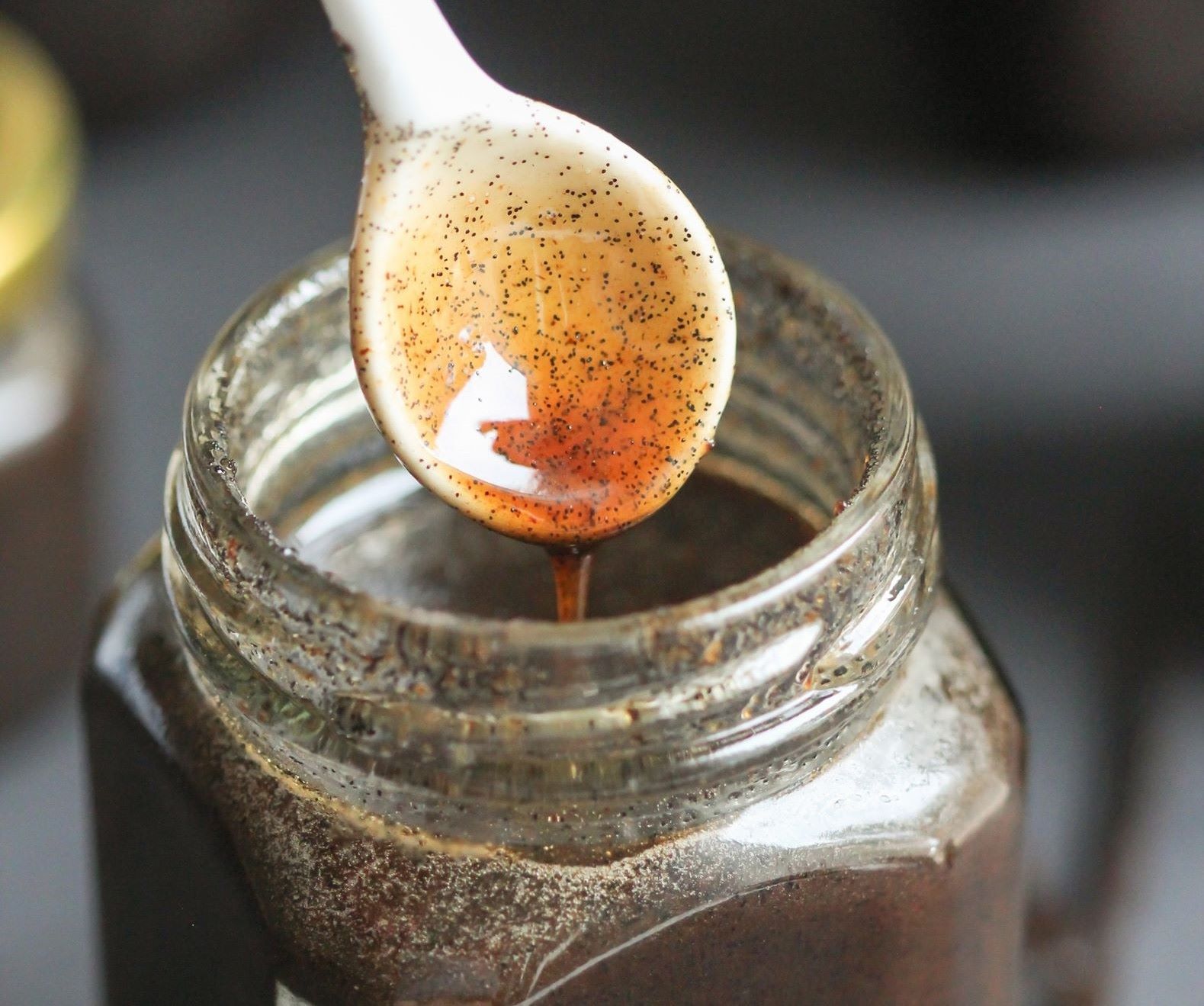
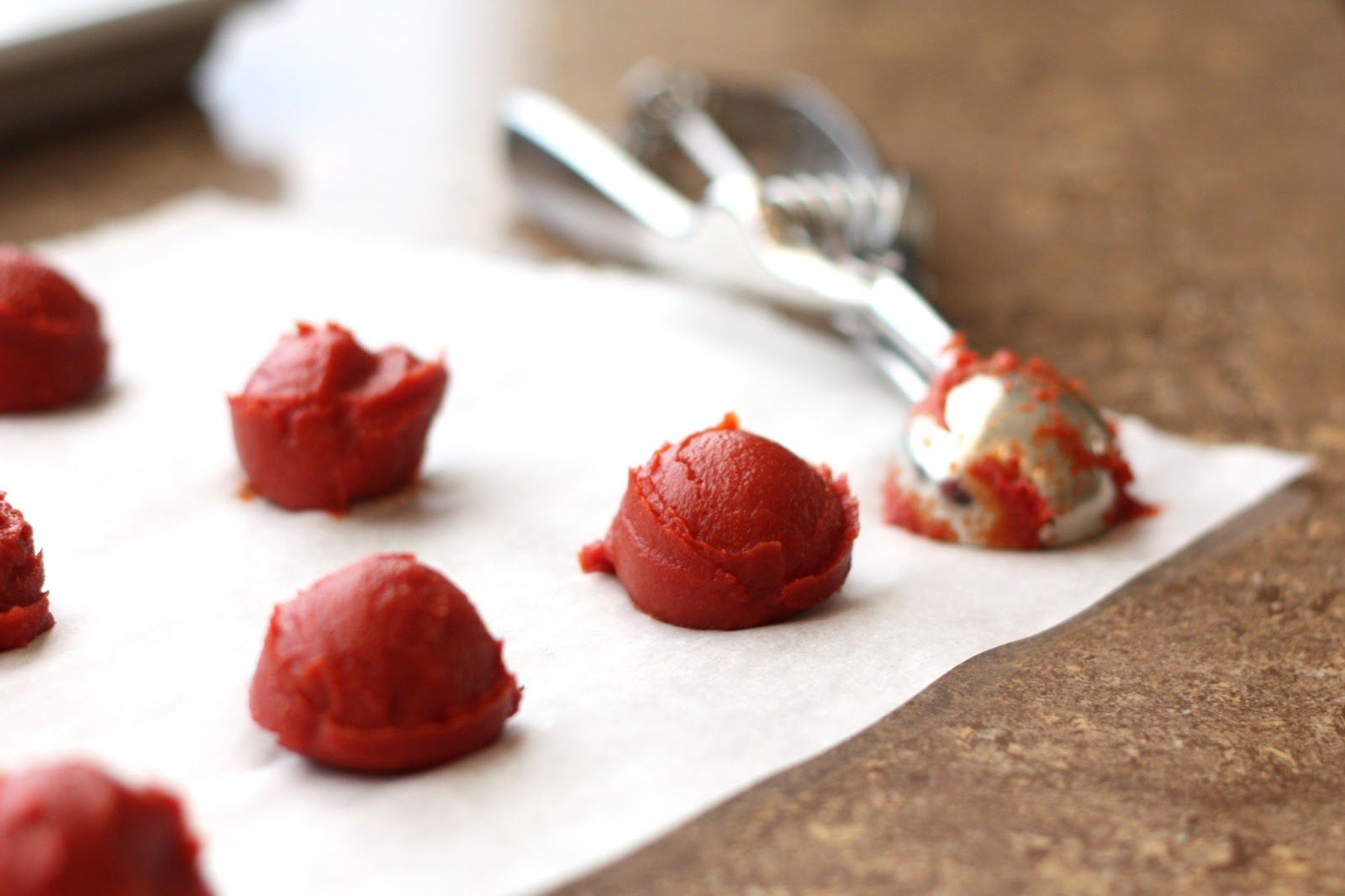

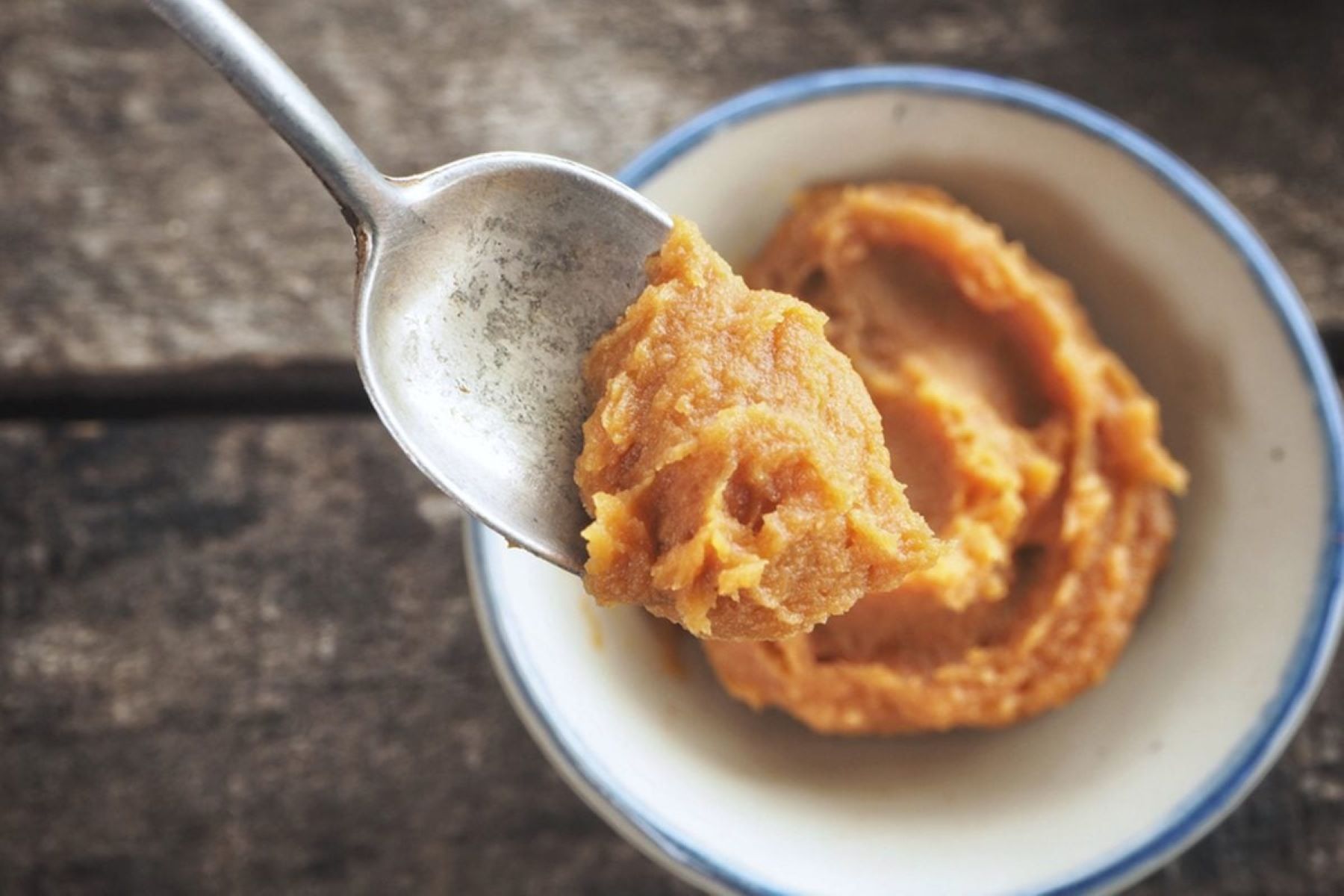


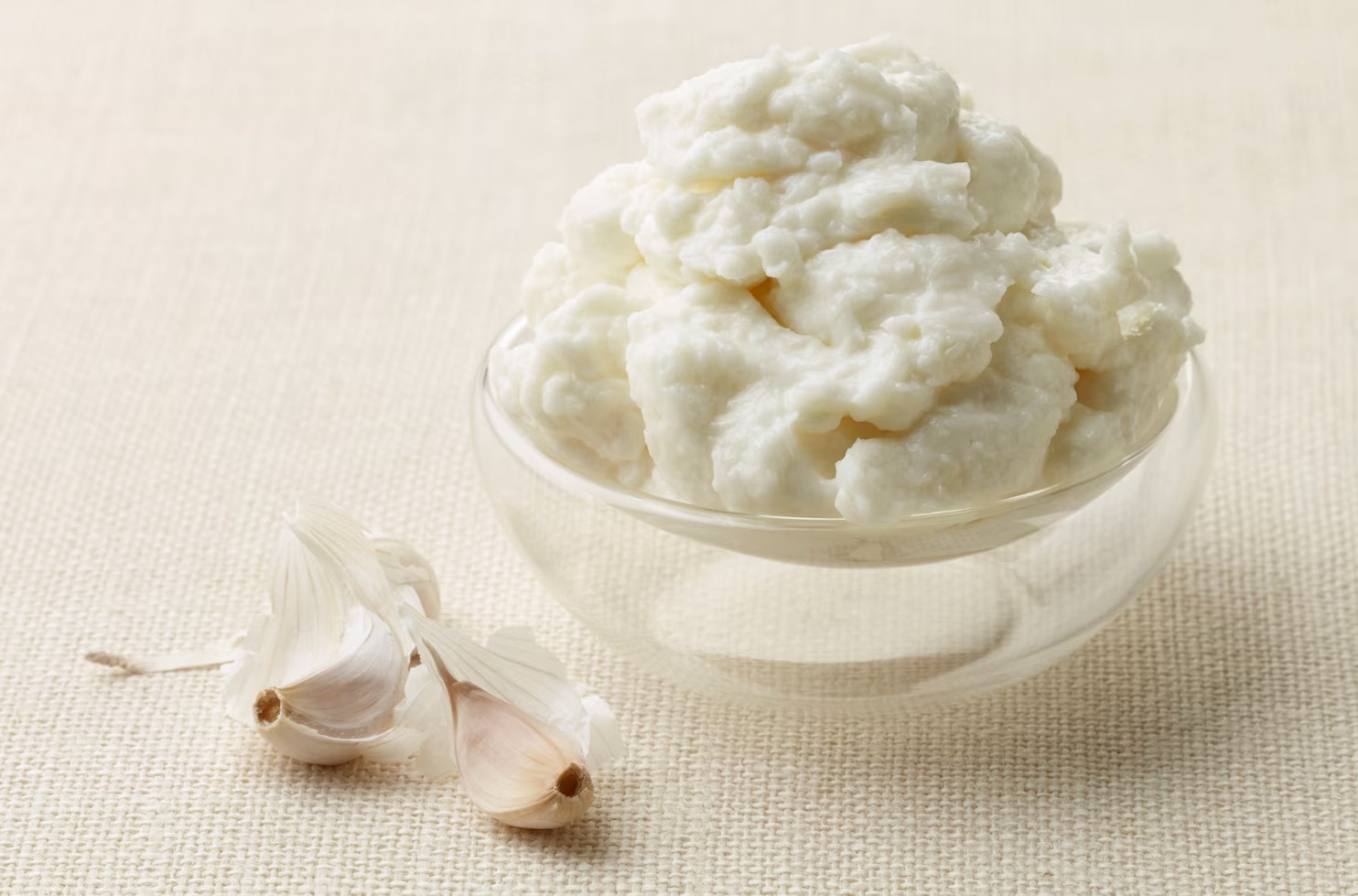

0 thoughts on “How To Store Tamarind Paste”